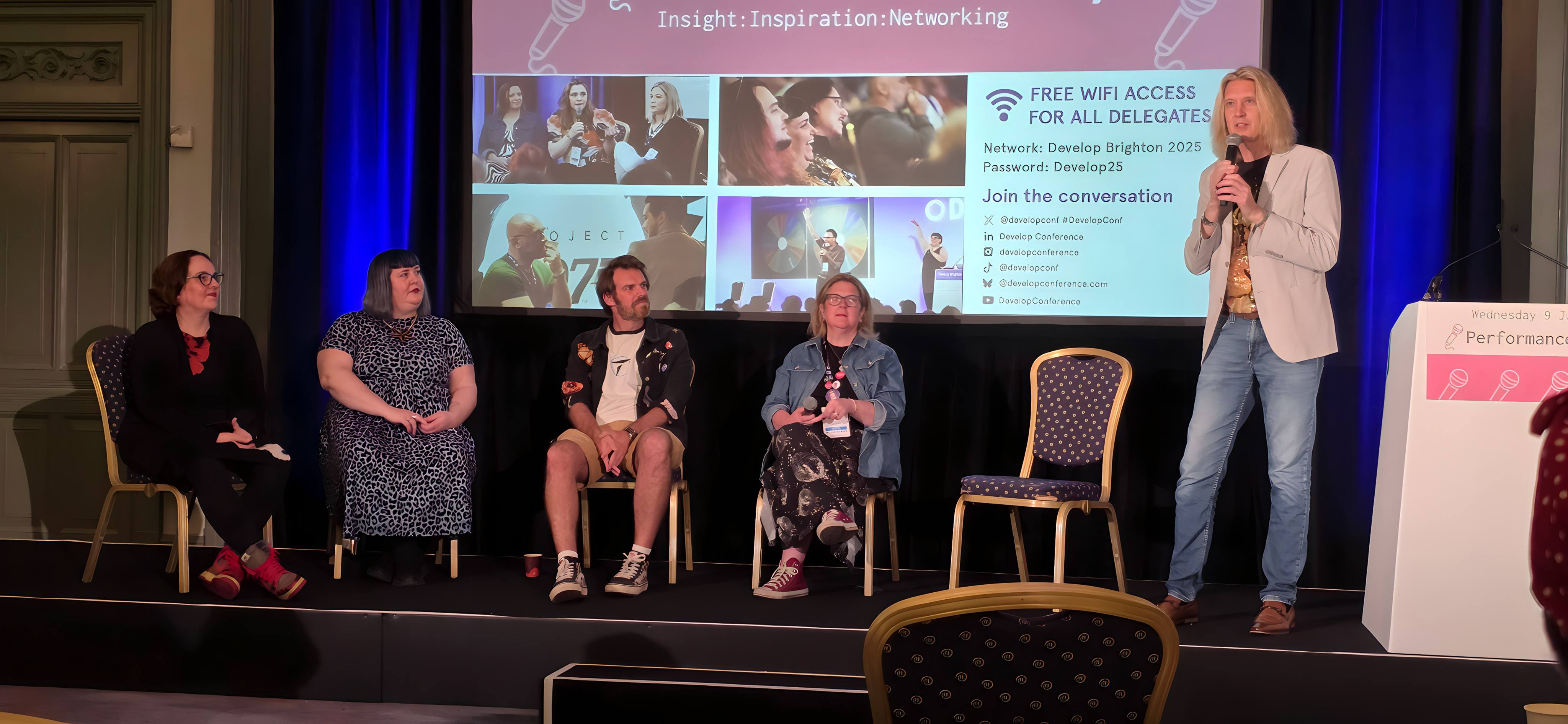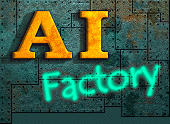Copyright Notice: This article is Copyright AI Factory Ltd and Hamsterball Studios.
This article, authored by Randall Ryan of Hamsterball Studios and The Voice Director, offers his reflections on the potential invasion of AI into the audio industry. As reflected in our 3 earlier articles on LLMs, their presence is making inroads into all aspects of work and creativity. It's a technology that is here to stay and we are gradually coming to terms with what its impact will be. There are already technical regions where companies have been largely replaced wholesale, such as in general localisation, where LLMs perform very well and more flexibly and speedily than much of the human resource it competes with.
Audio is not immune to such an assault, but here the fine human component has a potency that AI does not replace.
Why do this?
There's no shortage of takes about how AI will upend everything. Depending on who you ask, it's either going to save the world or ruin it. But if we've learned anything from history, it's this: the most extreme predictions rarely come true.
Having worked in both the tech and entertainment worlds for decades, I've seen plenty of technological "doomsdays" that never happened. MIDI was going to wipe out musicians. Photoshop was supposed to kill photography. Game engines were going to put programmers out of work. Yet here we are.
Why? Because disruption isn't destruction. It's transformation, especially when creatives get involved.
AI is different in scope: it touches every industry, not just one. But what people often miss is that the real shift happens when these tools land in the hands of creatives. And most people simply aren't wired like creatives. They assume the future looks like the present... just faster or cheaper. But that's never how it works.

Randall Ryan hosting the "how to be an actor we love" as part of the Performance Production track, at Develop Brighton
Take my industry, video game voice acting, as a case study. To many actors, AI is the bogeyman. Developers see potential in generating voices for low-priority characters. Investors see cost savings. But here's the flaw in all those perspectives: AI can replicate sound... but not soul.
Emotion, true human emotion, is inconsistent by nature. If something annoys you on Monday and again on Tuesday, your reaction won't be the same. AI doesn't understand that. At best it simulates emotional rhythm. But there's a difference between sounding emotional and being felt.
Humans pick up on that instantly. A character might seem real for a few seconds, but once the illusion breaks, even subtly, we disconnect. That's why, in voice sessions, we don't chase line reads. We build characters through collaboration: actor, writer, director. The actor brings their lived experience. Their joy. Their fear. Their heartbreak. That's the "it factor." Without it, performance is just noise.
What's more, the creatives who do embrace AI: actors, designers, writers, will use it in ways no outsider would imagine. They'll find efficiencies. Invent tools. Expand their range. (Imagine searchable effort libraries, dynamic accent modelling, smarter prompting, AI-driven line rehearsal.) They won't just compete - they'll pull ahead.
Just this week, a motion graphics artist sent me a mock-up of some motion graphics for a game we're pitching. A year ago, what he sent would have taken days, maybe a week, to pull off. By using AI tools he completed it in an afternoon. It was clearly his work, his style and his vision. AI didn't do the creative for him, it gave him the space to iterate and create faster.
That's the real message here: AI isn't the end of the creative industries. It's a forcing function. The danger isn't AI itself; it's staying stagnant while others learn to use it. We saw this with companies who ignored the internet. They didn't vanish because the tech was cruel. They vanished because they froze.
So yes, there will be job losses. There will be tension. But history says this isn't the death of art. It's the next act, and it's up to the creatives to decide what role they'll play in it.
Randall Ryan - July 2025
